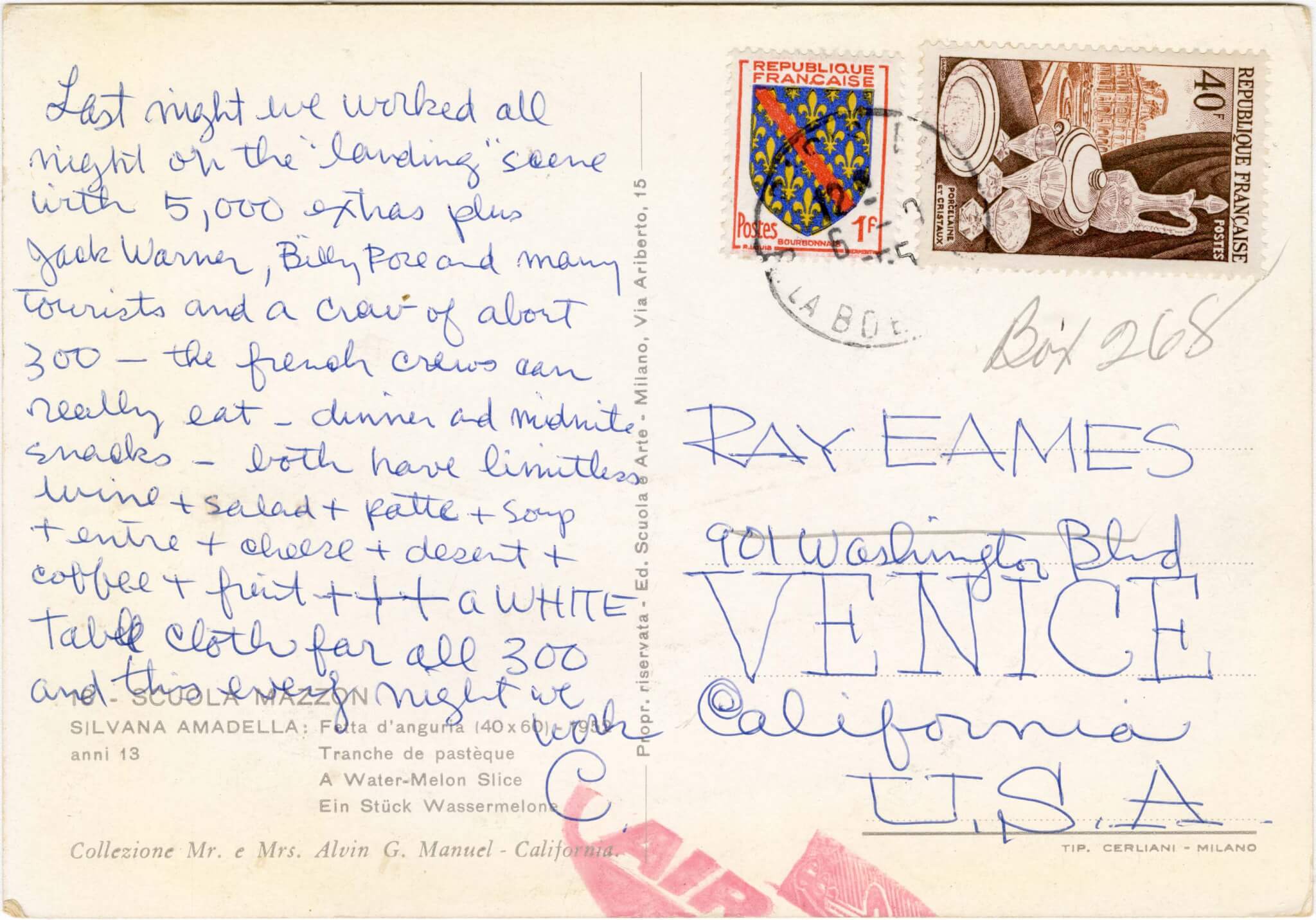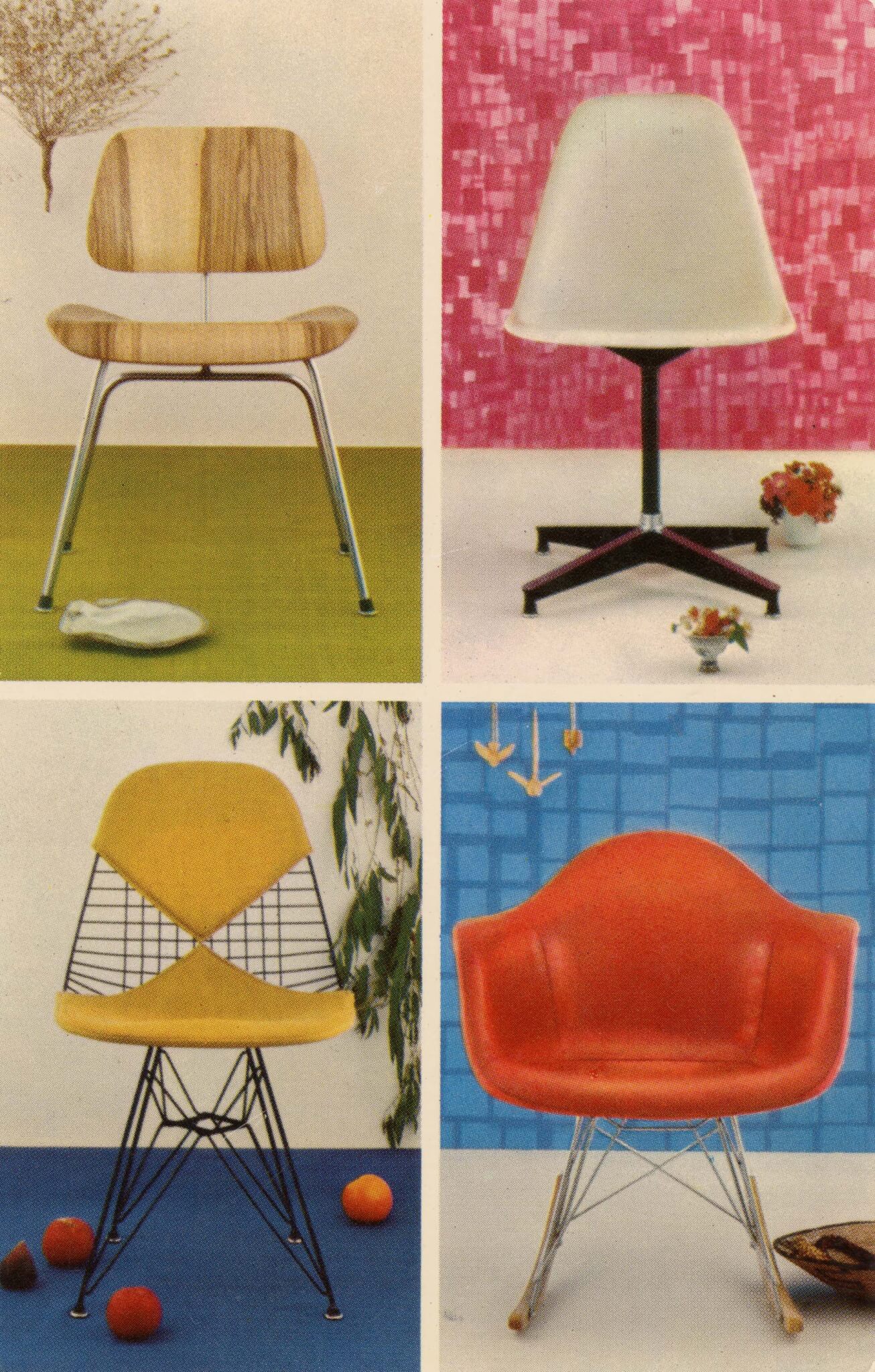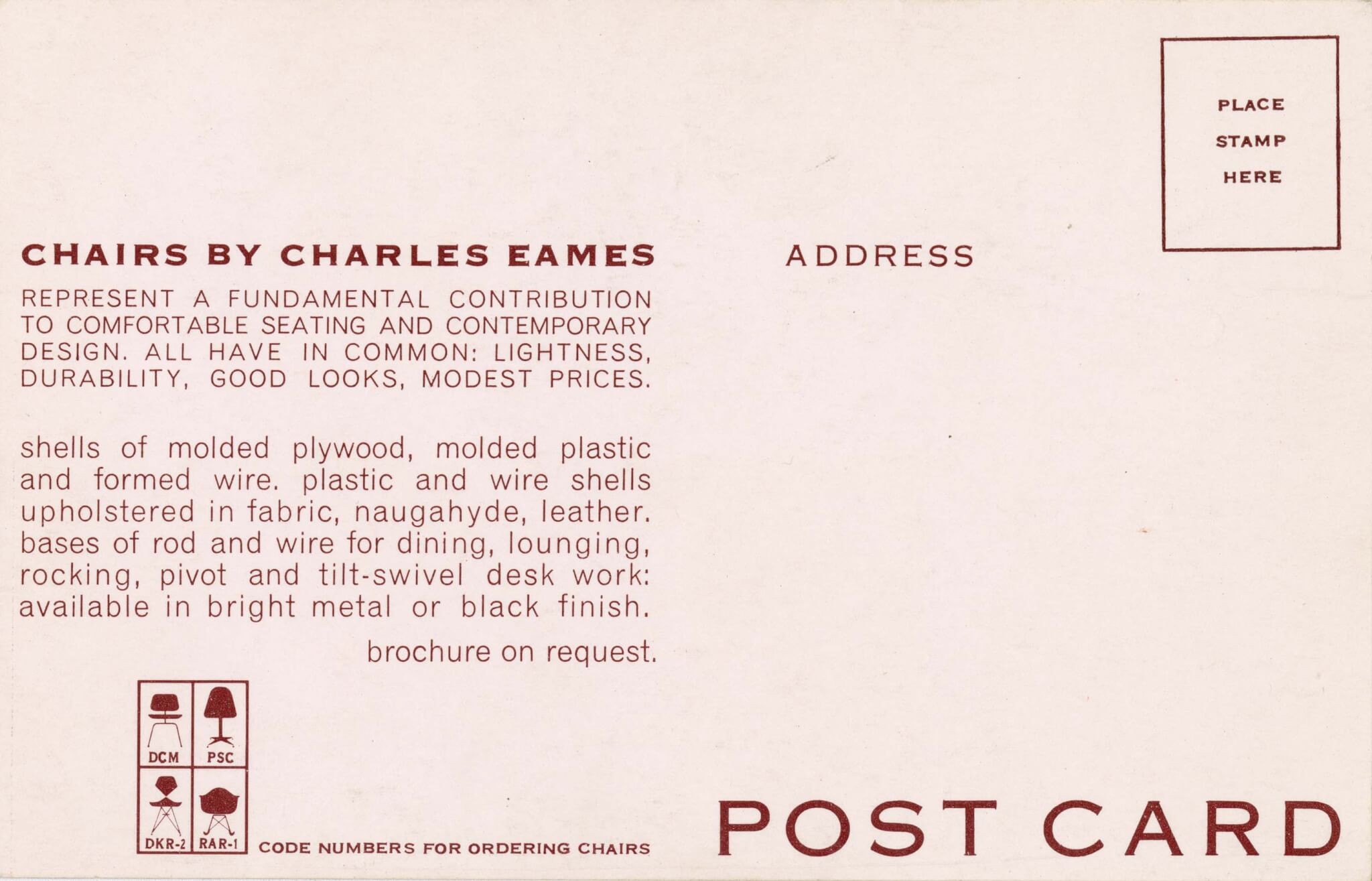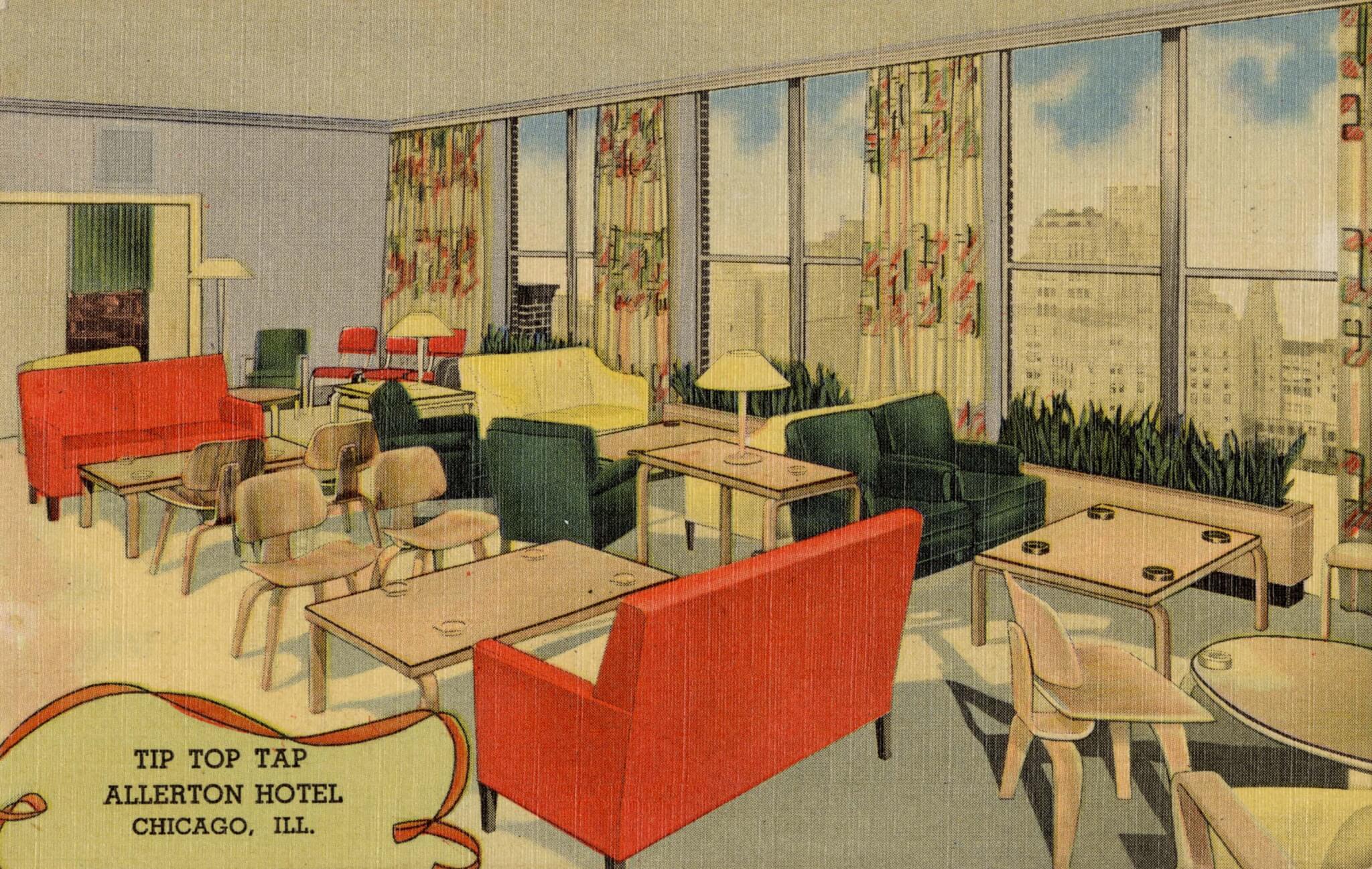Postcards from far-flung locales like St. Petersburg and Jaipur along with promotional mailers are among the objects showcased in a new online exhibition presented by the Petaluma, California–based Eames Institute of Infinite Curiosity. Entitled Return to Sender, the interactive digital show features written correspondence from around the globe, spanning 30 years, between Ray and Charles Eames to friends, family, and colleagues documenting their travels and design careers.
“This selection of ephemera, presented on the Institute’s website as Return to Sender, represents a cross-section of the world of the Eameses—their designs; their family, friends, and associates; and the fandom that surrounded their work—all told through a few square inches of paper,” stated a press release.

The Eames Collection, archived by the Institute, contains hundreds of souvenir postcards, in addition to marketing materials, many of which showcase furniture designs created by the Eames for Herman Miller.
As presented on the Eames Institute website, the exhibition provides visitors with background context on the use and proliferation of postcard correspondence, a history credited to have begun at the 1893 Chicago World’s Fair as visitors were eager to collect “souvenirs” documenting their visit. The postcard industry expanded as photography developed, but has since declined with the rise of internet, email, and direct messaging platforms.
“Today, there are untold numbers of Eames fan pages and accounts on digital platforms that share photographs related to their work,” states the exhibition text. “But postcards comprised the first global ‘social network’ of Eames imagery, which is kept alive today by collectors who prize tangible media.”

The exhibition text goes on to explain how the Eames used bygone stationary to share their travels around the world. On display is a postcard from Jaipur, capital of India’s Rajasthan state; its front features the city’s illustrious pink architecture, while the back showcases loopy scribbles penned by Ray Eames to her sister Adele.
For the the Eameses, written correspondence wasn’t just a means for sharing life updates. The imagery often served as a source of inspiration for their celebrated design work. Similarly, postcards were an integral part of the Eames and Herman Miller marketing strategy as a number of marketing mailers presenting designs for chairs are part of the exhibition. Also included are original “process” drawings by Ray that reflect the vision for the final photographed and printed version. These rectangular cards were sent out to clients and up for grabs at furniture showrooms.

Accompanying this archival digital exhibition are illustrations and GIFs of Ray and Charles Eames, depicting the couple interacting with their designs as well as extensive curatorial notes and descriptions for each of the postcards. Some of the designs are programmed with a zoom feature that allows visitors to hover over the postcard and view the image or text more closely.

Return to Sender is the Eames Institute’s fourth digital exhibition, part of a series first launched in April when the organization was first established at the Eames Ranch, a working farm in Sonoma County. (Llisa Demetrios, granddaughter of Charles and Ray, serves as chief curator.) Prior digital shows highlighted the iconic American design duo in their youth, another focused on the use of plywood, and a third traced the origins of one of Charles and Ray’s most enduring designs, the Shell Chair.
The entire exhibition is available indefinitely online.











